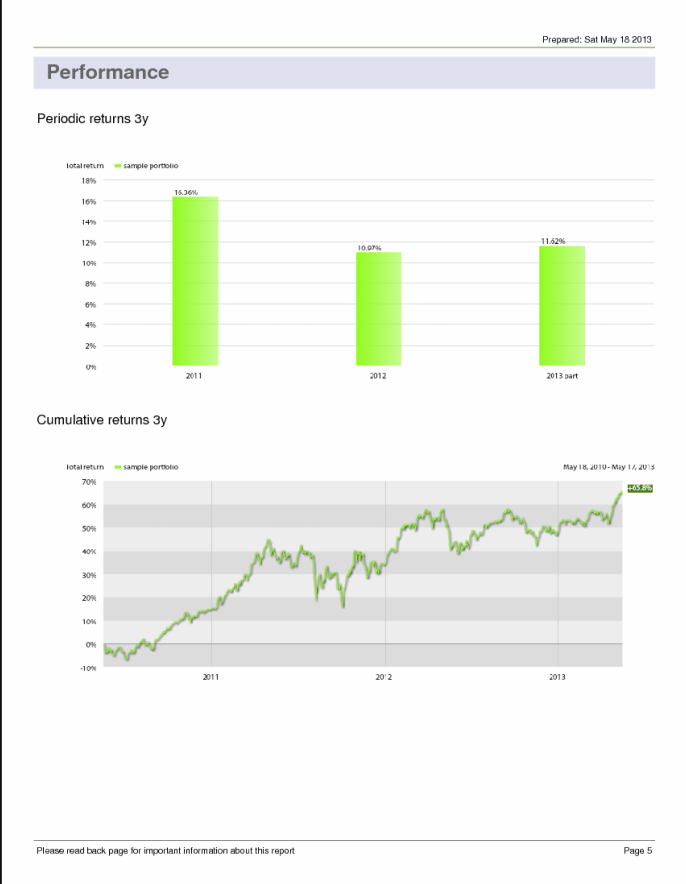Build a solid low cost model ETF portfolio Finance Journey
Post on: 25 Июнь, 2015 No Comment

A Model ETF portfolio – passive income experiment
‘How to start invest with little ’ money and ‘how to build a solid portfolio for long term’ are the most common questions people ask about investment. I already discussed about the first one, now let’s discuss about how to build a solid, low-risk investment portfolio that generate a positive cash flow for long run with long-term growth.
Only for educational or Experimental purpose
Please note this is an investment experiment and should not be considered as professional financial advice. I am not a financial professional. This portfolio is not a real one, is a model portfolio which mean I am not using any real money to build this portfolio. Please consult with your financial professional before even considering using the information obtained from this website.
Every month, I will review the performance of the portfolio and rebalance it to meet the assigned assert allocation.
Investment plan and assumption
I build this portfolio using low-cost ETFs with initial investment of $10 000. I will not add new money or take money from this portfolio.
I assume there is no trading commission to buy ETFs. This is absolutely possible with Questrade stock brokerage where you can buy any ETFs without paying commission. Also, I assume there is no tax for the income generate by this portfolio. This is possible as well with a registered investment account (ex: RRSP).
Portfolio assert allocation
Every portfolio should start with assets allocation based on investment objectives, time horizon and risk tolerance. Purpose of this portfolio is to generate passive income for long-term with low-risk.
Thus, here’s the target asserts allocation of the portfolio:
- Bonds – 30%
- Preferred Share – 5%
- Real estate investment – 5%
- U.S stocks – 20%
- Canadian stocks – 20%
- International stocks – 20%
Rebalancing strategy
I will rebalance this portfolio every month with cash flow; therefore, I will simply add ETFs to meet the targeted assert allocation by reinvesting the cash generate by the portfolio.
Performance check
I will check the performance by comparing the model portfolio with S&P/TSX Composite index and S&P 500. By the time I built this experiment (June 16, 2014), both indexes, TSX and S&P 500, are in near record high of 15,040.43 and 1,937.78, respectively.
Holdings
Here’s some model ETFs portfolios built around the asset allocation and portfolio strategies:
Bond 30%
- iShare High Quality Canadian Bond Index ( TSX: XQB) – 15%
The ETF gives investors exposure to a well-diversified, Canadian bond portfolio comprised of 60% government and 40% corporate investment -grade bonds.
- Distribution yield: 2.98%
- Yield to Maturity: 2.27%
- Number of holding: 303
- MER: 0.12%
This ETF provides exposure to a well-diversified corporate bond portfolio, with staggered maturity levels from 1 to 5 years.
-
Preferred Share 5%
- BMO Laddered Preferred Share ( TSX:ZPR ) – 2%

This ETF invests in and holds the constituent securities of the Index in the same proportion as they are reflected in the index. The S&P/TSX Preferred Share Laddered Index includes Canadian rate reset preferred shares that meet size, liquidity, listing and quality criteria. It uses a five year laddered structure where annual buckets are equal weighted while constituent securities within each bucket are market capitalization weighted.
- Distribution yield: 4.63%
- Number of holding: 135
- MER: 0.45%
This ETF seeks to provide income by replicating, to the extent possible, the performance of the S&P/TSX North American Preferred Stock Canadian Dollar Hedged Index, net of expenses.
Real estate 5%
The ETF gives investors exposure to securities of Canadian real estate investment trusts (REITs) listed on the TSX.
This ETF consists of the largest and most liquid securities within the global real estate universe that are likely to lead the global securitization of real estate.
Canadian Dividend stocks 20%
This ETF consists of common stocks listed on the TSE which are constituents of the S&P Canada Broad Market index (BMI). The security must have increased ordinary cash dividends every year for at least five consecutive years, and the float-adjusted market capitalization of the security, at the time of the review, must be at least C$ 300 million.
U.S Dividend stocks 20%
The ETF is designed to measure the performance of the highest dividend yielding S&P Composite 1500 Index constituents that have followed a managed-dividends policy of consistently increasing dividends every year for at least 20 consecutive years.
Internationl dividend stocks 20%
This ETF seeks to track the investment results of the Dow Jones EPAC Select Dividend Index, which measures the performance of a selected group of equity securities issued by companies that have provided relatively high dividend yields on a consistent basis over time.
I know there are some stocks overlapped in the ETFs, but it is negligible.
Portfolio Risk
Rising interest rates decrease the attractiveness in dividend stocks, so there will be some rotation out of dividend stocks. Thus, the prices for dividend stocks and bond ETFs could find tougher to keep up, resulting in lower or negative returns in capital gains than the broader market.














